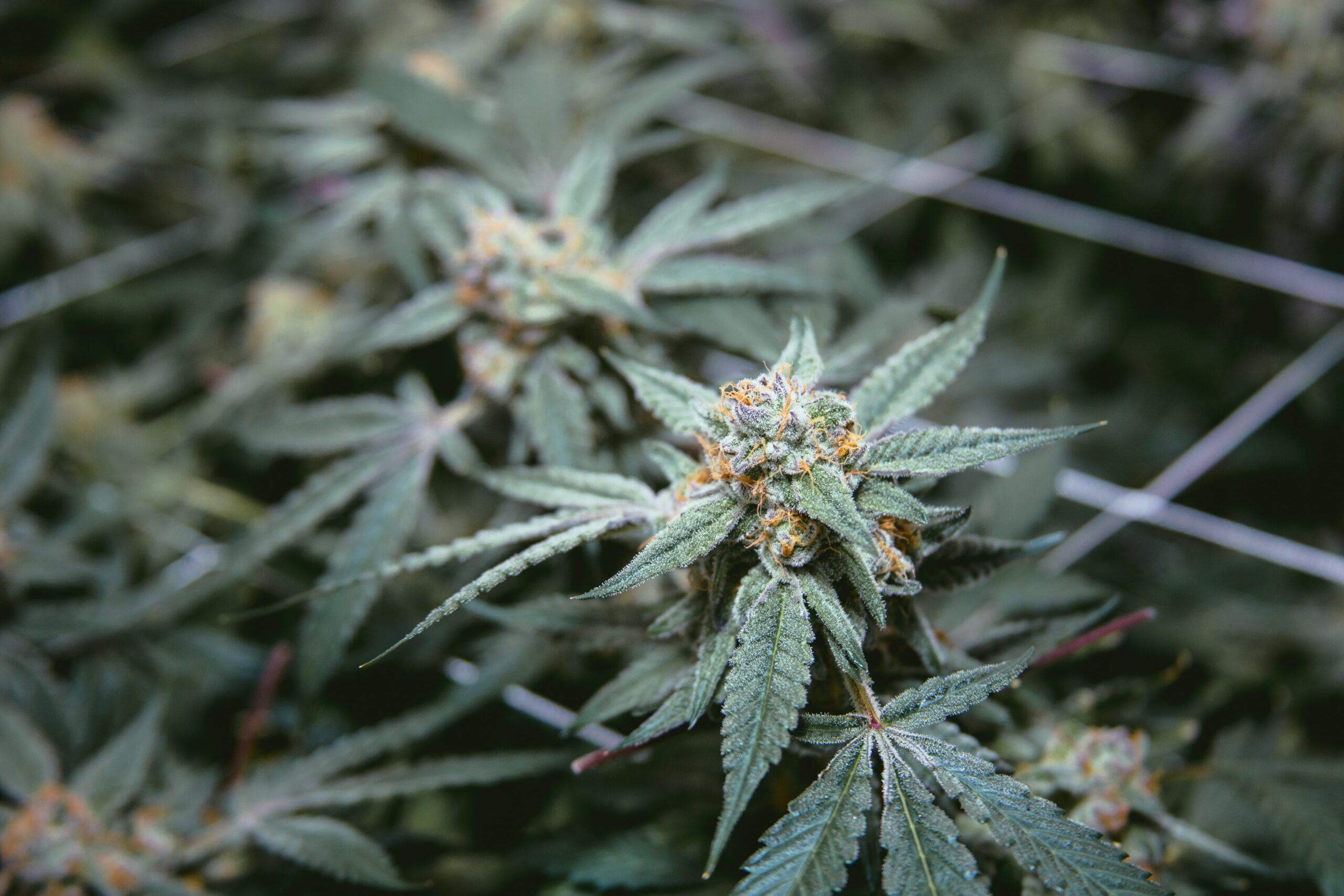As of 2022, many states across the USA have chosen to give patients from all walks of life access to natural medicine like cannabis. Previously, most states had strict laws surrounding cannabis that prevented its use for medical purposes. Legalization of medical marijuana has given many people access to the medicines they need.
If you’re living in a state where medical marijuana is accessible, congratulations! We can help you learn what to do to get access to this treatment. In this article, we discuss the various steps you can take to get a medical marijuana card.
Step-By-Step Guide
To get a cannabis card, you typically need a physician’s recommendation or some form of approval by a medical or pharmaceutical board. Who you get this approval from varies in different states, but you will need a health authority figure to sign off before you can get your card and benefit from medical marijuana.
Step One: Get Your Physician’s Recommendation.
In most states, a medical marijuana card is needed if you need cannabis to treat a medical condition. In states that allow recreational use, however, you may be able to bypass this process and simply provide proof of age. You will generally need to be 21 or over to purchase marijuana.
The following medical conditions are generally approved for use of medical marijuana:
- Cancer
- HIV/AIDS
- Anorexia
- Arthritis
- Glaucoma
- Migraine
- Severe Nausea
- Muscle Spasms caused by neurologic disorders
- Seizures
- Cachexia
- Chronic medical conditions that substantially limit daily life activities
- Medical symptoms that can cause harm to your physical or mental health.
The list of qualifying conditions is different in different states; some will include a broader range of conditions, and some of the above conditions may not be approved in certain states. Conditions such as ADHD may or may not qualify you for medical marijuana, although CBD products that don’t contain THC may be authorized and can provide relief. When you meet with a physician, they can let you know which conditions qualify you for medical marijuana in your state.
Step Two: Get Registered for Medical Marijuana in Your State
Your marijuana doctor can also let you know if you need to fill out an application to get your medical marijuana card. In most cases, once you meet with a certified doctor, they can take any further steps, and you will simply need to wait to receive your medical card.
Step Three: Supporting Documents
When you meet with your doctor, you’ll need to bring certain documents to provide proof of identity. This can be a driver’s license, a passport, or any other government-issued ID. School IDs and work IDs often don’t meet the requirements for a medical marijuana card. You also need a document to provide proof of residency that shows both your name and current address. Some of the best options are a utility bill, car registration, or rent/mortgage agreement. You should also check whether you have any insurance options that would cover the cost of a medical marijuana license. This is not the case in every state, but in California, for instance, Medi-Cal reduces the fee by 50%. You should do a little research and contact your insurance company to make sure.
Step Four: Wait to Receive Your Medical Marijuana Card
After you’re approved by a medical marijuana doctor, you may need to wait a bit to receive your medical card. In some cases, you’ll receive a digital certification before receiving your card and be able to purchase medical marijuana immediately. In some cases, however, you’ll need to wait until a physical card can be mailed to you. The timeframe to receive your card will vary depending upon your state. Sit tight and be patient. The benefits of marijuana are worth the wait.

Image Source: https://unsplash.com/photos/YBBivUN5VRM
Things to Consider
In some cases, you’ll need to designate a primary caregiver to receive medical marijuana. This is often the case with children and the elderly. A primary caregiver is defined as a person responsible for a patient’s day-to-day needs and activities. This includes housing, health, and safety. In most states, a primary caregiver is over 18 years old and is often granted the title by written recognition. Parents are typically designated as the primary caregiver of their child/children. A primary caregiver can also be the owner or operator of a licensed facility that handles marijuana-eligible patients, such as a clinic, hospice, or home health agency.
We hope this article is helpful as you begin the process of obtaining medical marijuana. Take the next step toward natural medicine that helps you boost your wellness. Enjoy the journey to better health with cannabis!



